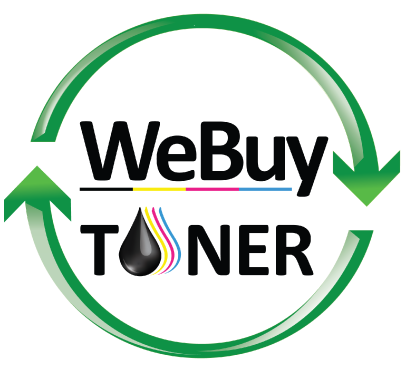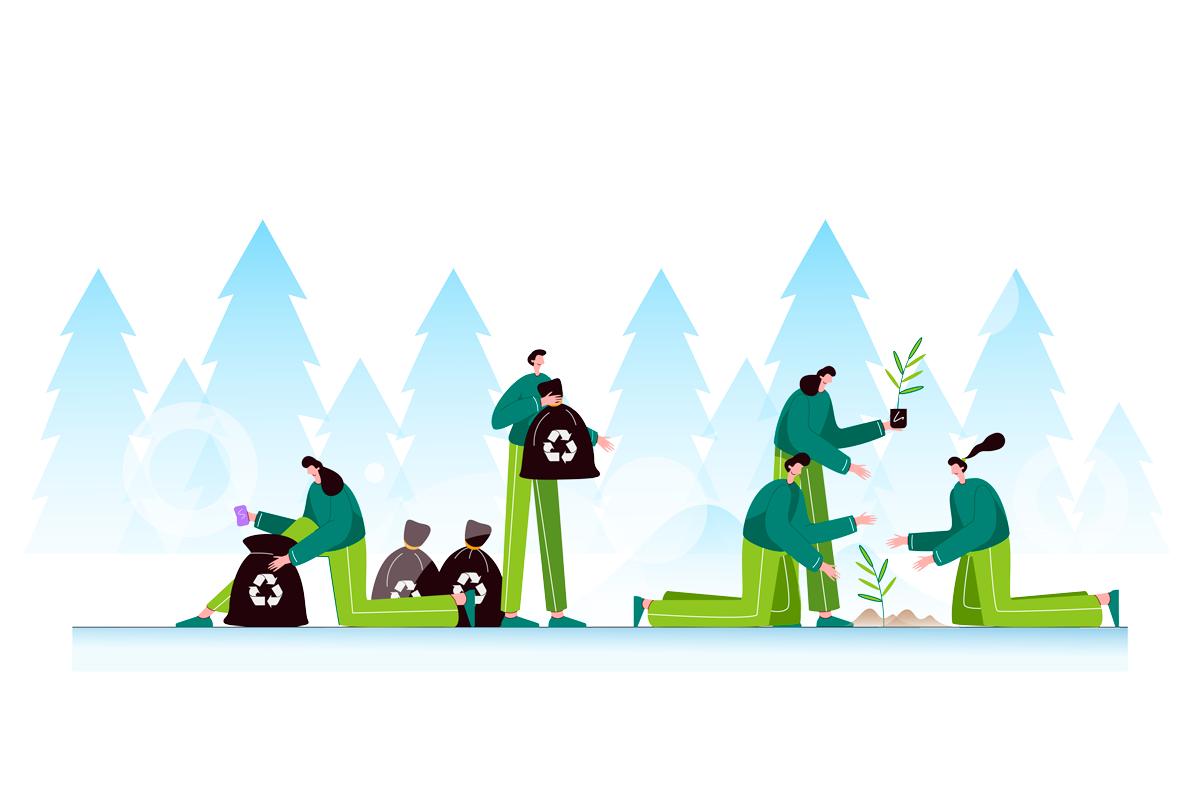Every action, large or small, taken by an individual, whether personal or corporate, is likely to have an environmental impact, no matter how large that action is. It is up to us to make an effort and look for solutions that allow us to reduce this environmental footprint as much as possible and to support companies that, like us, also take environmentally conscious actions. At WeBuyToner we are aware of this and have made a commitment to make a positive environmental change.
Environmental Impact of Ink Cartridges and WeBuyToner’s Dedication to Save the Planet
Ink cartridges are made of plastic and toxic liquid ink, cartridges contribute to landfill waste every time you throw away unused cartridges. To reduce waste and prevent filling up our landfills with unused cartridges, WeBuyToner rescues these cartridges by purchasing them from businesses or individuals who no longer need them to give them a second life. WeBuyToner prides itself on making its own contribution to the environment, taking perfect quality products that would otherwise end up in the landfill. We are not on this mission alone. But our customers are also part of this; every time you sell us a new ink or toner cartridge. So, we want to share with you how we reduce the environmental impact of ink cartridges together.
How are ink cartridges created?
Let’s start with the ink, the key to the ink formula is the base called “varnish” which is generally created with linseed or soybean oil, or a heavy petroleum distillate used as a solvent combined with the corresponding pigments. To create the varnish, large quantities of raw material, such as oil, are used, approximately 1 gallon of oil is needed to create just one new ink or toner cartridge, a figure that increases when creating inkjet cartridges. There are some key elements that are mostly chemicals to ensure the print quality is perfect, but when disposed of inappropriately have the capacity to damage the environment, especially soils and aquifers.
- Humectants to slow the aging process of ink.
- Defoamers to regulate bubbles and foam efficiency.
- Wetting agents to control various surface properties.
- Amine derivatives as pH modifiers.
- Biocides and bacteriostats to inhibit the growth of bacteria and fungi.
Why are we talking about the material ink is made of? The importance of raising awareness on what happens to these materials after you dispose of ink cartridges properly, we give the opportunity to the same material to have a longer useful life. Unfortunately, more than 375 million empty and unused ink and toner cartridges are improperly disposed of in landfills every year releasing volatile organic compounds and heavy metals that contaminate water and soils. A typical ink cartridge will take up to 1,000 years to decompose in a landfill, but selling that unused ink cartridge can save up to 5 lbs. of CO2 vs making a new cartridge from the manufacturer. Manufacturing just one single toner cartridge emits around 4.8kg CO2 Greenhouse Gases per cartridge.
How should I dispose of my ink cartridge?
It is important to educate ourselves on the proper disposal of empty and unused ink cartridges, since a single ink cartridge takes years and years of decomposition while damaging the soil and potentially leaking those harmful chemicals into the groundwater. The good news is that almost all ink and toner cartridges can be recycled and reused; both unused and empty cartridges. It is estimated that reusing ink cartridges could save an incredible 11 million gallons of oil in just seven months. Imagine if we all put our efforts into this. We could reduce our oil consumption and help reduce the amount of waste that ends up in landfills and aquifers. Depending on whether you are trying to get rid of unused ink and toner or dispose of an empty one, you have some options on how to get rid of it. Empty cartridges can usually be brought to ink cartridge recycling centers to recover some of the resources consumed in the manufacturing process. Remember to do this immediately after the cartridge is finished, to prevent the residual ink from drying out and making it more difficult to clean and/or recycle. If you are trying to get rid of unused ink or toner cartridges that you don’t need anymore, consider selling those cartridges to a company like WeBuyToner who takes your unwanted cartridges and resells them to people who do need them. This has a win-win-win factor; you get money for an unwanted item, the ink cartridge gets a second life and the cartridges doesn’t end up in the landfill.
How WeBuyToner Reduces Their Ink Cartridges Waste
We start with the way we buy ink cartridges from people who don’t need them. At WeBuyToner, we rescue ink cartridges that are about to be thrown out even if they have a slight imperfection on the box. We partner with companies like Ink Genie to sell ink and toner products at a discounted price. Because we ensure that the product itself is in perfect condition regardless of the condition of the box and is not affected by slight damage in its packaging. We not only see an opportunity for economic convenience to our customers by having the advantage of being able to buy the best ink and toner products at a discounted price. But we are able to have a positive impact on our environmental footprint by preventing waste that would take hundreds of years to decompose.
How Can I Reduce My Environmental Footprint When Purchasing Ink Cartridges?
You can be a part of the positive environmental footprint by simply choosing to buy ink and toner supplies from our partner company, Ink Genie, an environmentally responsible ink cartridge selling company. Even though you are already part of this movement, we encourage you to take extra actions at home, starting by reusing the packaging material we send you at home, depositing the ink cartridges trash in the corresponding recycling bin at a recycling center and avoid wasting paper. It is also important to pass this knowledge on to the younger generations as well as applying ecological measures at home, or in the business.

 Blog
Blog
